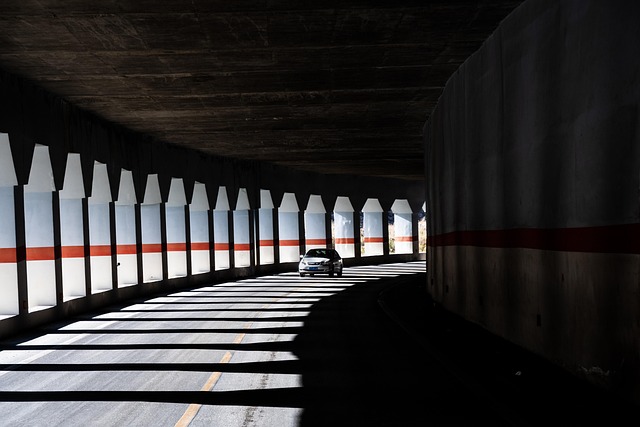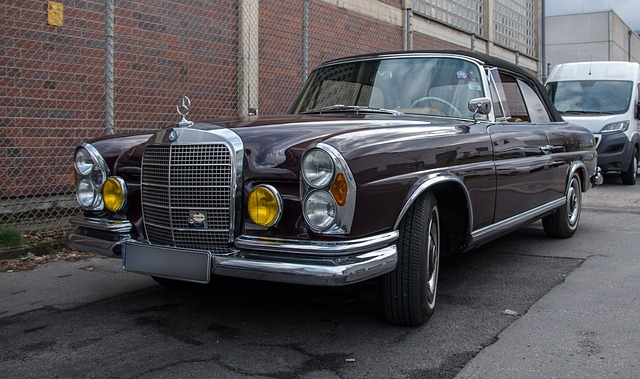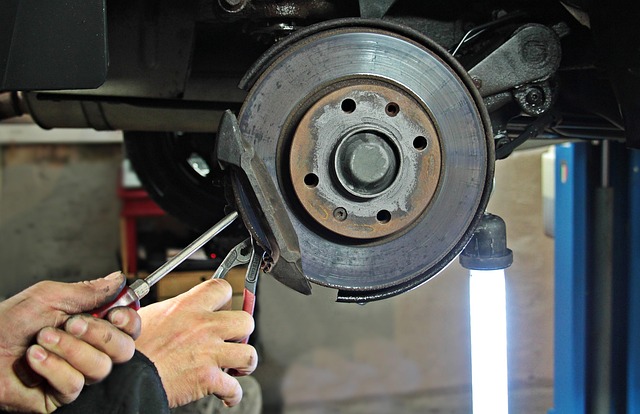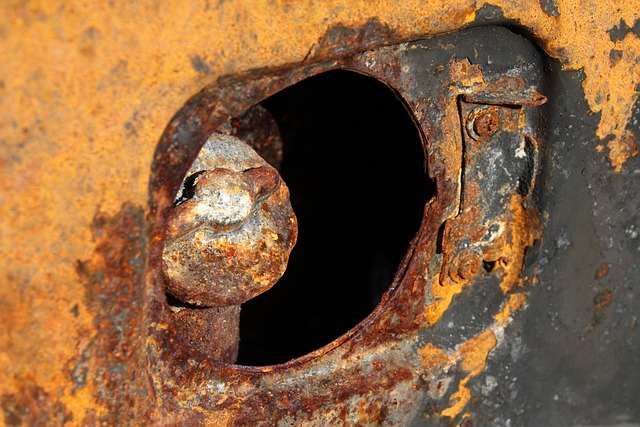Valet Service Collision Repair: Boosting Brand Loyalty Through Superior Customer Experience
Valet service collision repair transforms traditional automotive care by bringing specialized techni…….
Welcome to an in-depth exploration of a specialized sector within the automotive industry: Valet Service Collision Repair. This article aims to demystify the process, shed light on its global impact, and highlight its evolving nature. By delving into various facets, from historical roots to technological innovations, we will uncover how this service plays a pivotal role in ensuring vehicle safety and customer satisfaction. Get ready to embark on a journey through the intricate world of collision repair, where precision meets innovation.
Definition:
Valet Service Collision Repair, often referred to as automotive restoration or repair, is a comprehensive process designed to restore vehicles damaged in accidents or collisions to their pre-incident condition. It involves a skilled team of technicians who employ advanced techniques and technologies to fix structural damage, cosmetic issues, and electronic systems.
Core Components:
Historical Context:
The roots of valet service collision repair can be traced back to the early 20th century when the automotive industry began to take shape. As cars became more prevalent on the roads, the need for specialized services to address accidents and damage grew. Over time, collision repair centers evolved from simple workshops to sophisticated facilities equipped with cutting-edge technology. Today, it is a highly skilled profession requiring extensive training and expertise.
International Influence:
Valet service collision repair has transcended geographical boundaries, becoming a global industry. The demand for high-quality repairs and restoration is driven by the increasing number of vehicles on the road worldwide. According to the International Organization of Motor Vehicle Manufacturers (OICA), the global motor vehicle production reached 80.2 million units in 2021, setting the stage for extensive collision repair needs.
Regional Differences:
The scope and techniques employed in collision repair vary across regions due to factors like climate, infrastructure, and cultural preferences:
Trends Shaping the Industry:
Market Dynamics:
The global collision repair market is a significant contributor to the automotive aftercare industry. According to a report by Grand View Research, the market size was valued at USD 475.2 billion in 2021 and is projected to grow at a CAGR of 6.1% from 2022 to 2030. This growth is fueled by increasing vehicle sales, rising accident rates, and growing awareness about vehicle maintenance.
Investment Patterns:
Collision repair centers require substantial investments in equipment, training, and facilities. Leading companies are engaging in strategic partnerships and mergers to gain a competitive edge. For instance, the acquisition of smaller local shops by larger chains allows for economies of scale and access to new markets.
Economic Impact:
Robotics and Automation:
The introduction of robotic systems has revolutionized collision repair by enhancing precision and efficiency. Robotic welders can perform complex tasks with consistent accuracy, reducing labor costs and improving productivity. Automated paint spraying equipment ensures even coating, while robotic arms assist in body panel alignment.
Computer-Aided Design (CAD) and Measurement:
CAD software enables technicians to create precise digital models of damaged vehicles, facilitating better repair planning. Computer-aided measurement systems provide accurate dimensions, ensuring that repairs match the vehicle’s original specifications.
Advanced Materials:
Newer materials like composite plastics and lightweight metals are being adopted due to their strength and environmental benefits. These materials require specialized repair techniques to maintain structural integrity and aesthetic appeal.
Digital Imaging and 3D Printing:
High-resolution digital imaging techniques capture detailed vehicle data, aiding in damage assessment and repair documentation. 3D printing is emerging as a tool for creating custom parts, offering cost-effectiveness and design flexibility.
Artificial Intelligence (AI) and Machine Learning:
AI algorithms are being leveraged for predictive maintenance, enabling collision centers to anticipate potential issues and schedule repairs proactively. Machine learning models can analyze vast repair data to optimize processes and improve overall efficiency.
Key Policies and Regulations:
Legislative Frameworks:
Main Issues:
Proposed Solutions:
Case Study 1: Green Repair Revolution – Europe
A leading European collision repair chain, EcoRepair, has made sustainability its flagship initiative. They implemented a comprehensive recycling program, utilizing recycled materials for repairs whenever possible. By reducing waste and energy consumption, EcoRepair became a model for eco-conscious practices, attracting environmentally conscious customers. Their success demonstrated that collision repair can be both profitable and environmentally responsible.
Case Study 2: Tech-Driven Repairs – Asia
In bustling Tokyo, Japan, the repair center, TechFix, embraced digital transformation. They utilized advanced VR training simulations to onboard new technicians quickly, ensuring consistent quality. TechFix also implemented an AI-powered predictive maintenance system, allowing them to anticipate and schedule repairs efficiently. This tech-driven approach improved customer satisfaction and reduced operational costs.
Case Study 3: Community Engagement – North America
In Los Angeles, California, the community-focused repair shop, Community Autos, built a loyal customer base by offering free transportation and loaner cars during repairs. They also partnered with local schools to provide automotive training programs for at-risk youth, addressing skill gaps while serving their community. This holistic approach enhanced their reputation and fostered long-term relationships.
Emerging Trends:
Growth Areas:
Strategic Considerations:
Valet service collision repair is a dynamic and essential sector within the automotive industry, playing a critical role in ensuring vehicle safety and customer satisfaction. From its historical roots to its global impact and technological advancements, this field has evolved to meet the demands of a rapidly changing automotive landscape. As we look ahead, the industry’s future promises exciting possibilities, driven by innovation, sustainability, and a commitment to delivering exceptional service.
Q: How do I choose a reliable collision repair shop?
A: Look for shops with good reviews, certified technicians, transparent pricing, and a proven track record of quality work. Ask for references and check if they offer guarantees.
Q: Are there any environmental benefits to collision repair?
A: Absolutely! Collision repair centers can contribute to sustainability by adopting eco-friendly materials, implementing recycling programs, and using energy-efficient equipment. These practices reduce the industry’s environmental footprint.
Q: Can I get my car repaired while it’s still under warranty?
A: It depends on your warranty terms. Some manufacturers allow for certain repairs during the warranty period, while others may require you to use authorized service centers. Always check with your dealer or manufacturer for specific guidelines.
Q: How can I stay informed about the latest advancements in collision repair?
A: Follow industry publications, attend automotive conferences and workshops, join professional networks, and subscribe to newsletters from reputable automotive organizations. These sources provide valuable insights into technological trends and best practices.
Q: Are there any safety standards I should be aware of for my vehicle’s repairs?
A: Yes, various national and international bodies set safety standards. Ensure that the repair shop complies with local regulations and follows industry best practices to guarantee your vehicle’s safety during and after repairs.

Valet service collision repair transforms traditional automotive care by bringing specialized techni…….

When utilizing a valet service for collision repair, consumers should be aware of their rights regar…….

Valet service collision repair requires balancing efficient vehicle assessment with managing custome…….

Valet service collision repair varies globally due to cultural, regulatory, and economic factors, wi…….

Valet service collision repair, a niche segment within automotive services, varies significantly glo…….

Valet service collision repair relies heavily on effective communication to ensure customer satisfac…….